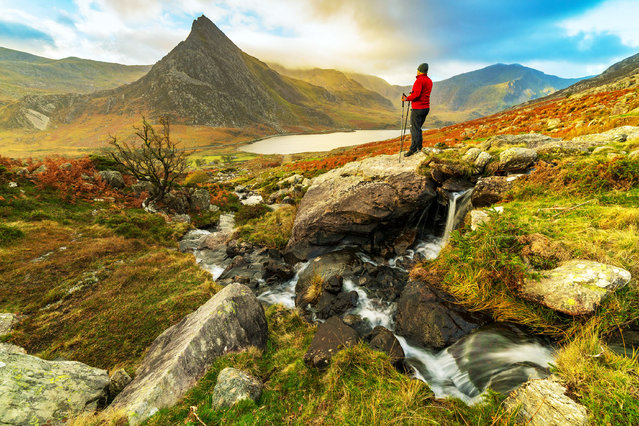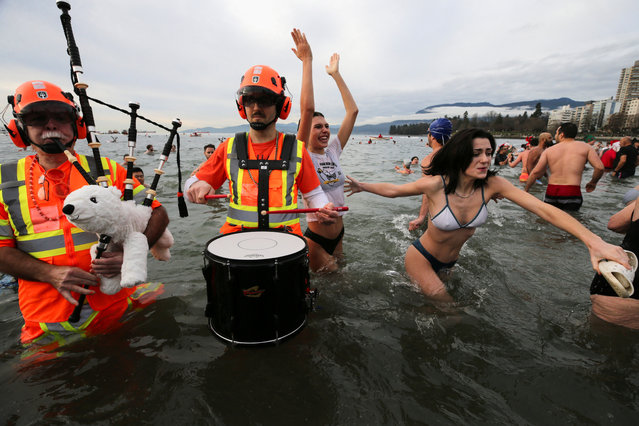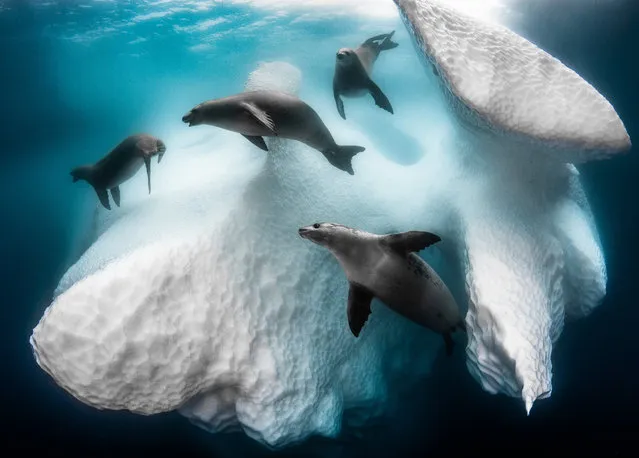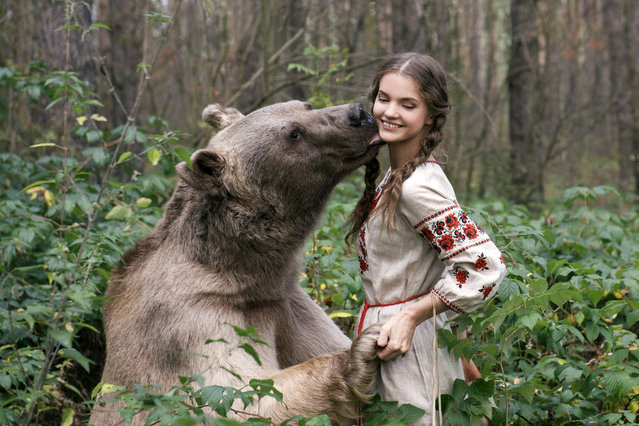
In this handout image provided by Disney Parks titled, “A Tale As Old As Time”, Disney Parks invites guests to “Let the Memories Begin”, spectacular new images have been created by acclaimed photographer Annie Leibovitz. Penelope Cruz and Jeff Bridges appear as Belle and the transformed prince, recalling the final scene from “Beauty and the Beast”. The celebratory moment's tagline reads, “Where a moment of beauty lasts forever”. The campaign premieres as a special insert in the April issues of O, The Oprah Magazine, People, People En Espanol, Real Simple, Essence, and InStyle. (Photo by Annie Leibovitz/Disney Parks via Getty Images)








